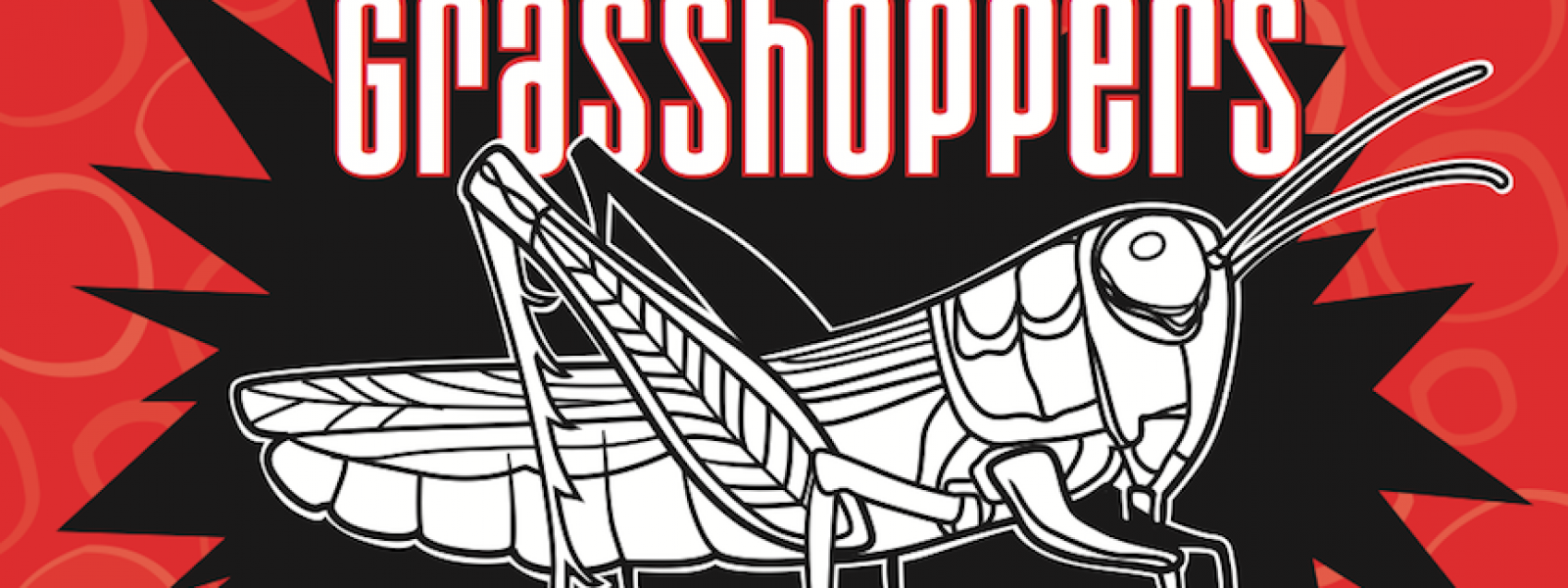Jump Around
They’re high in protein, low in fat, and rich in minerals, not to mention they’re delish! After ants, grasshoppers are the most popular insect eaten around the world. Unlike ants, grasshoppers have superior flavor profiles that vary from region to region depending on their diet, and grasshoppers can be cooked any way imaginable. Sautéed in the Philippines and sauced with vinegar, onions, and tomatoes, they make a great stir-fry that takes advantage of that country’s grassier-, woodsier-tasting bugs. In Mexico, the nuttier grasshoppers in the Isthmus region are dry roasted and seasoned with lime and salt. Worldwide, grasshoppers can be found on the menu from the Americas to Thailand to Uganda. No matter where you eat them, beware of the grasshopper’s legs and wings. They can scratch or get stuck in your throat. And let’s not even get into the unsightly look of grasshopper legs in your teeth.


Bizarre Grasshopper Facts
- If you ever hold a grasshopper, you might notice that it spits a brown liquid on you. This gunk is commonly called “tobacco juice,” and might protect them from attacks by predators.
- Their legs can also make beautiful music. Male grasshoppers can chirp, like crickets, by rubbing their legs against their bodies.
- Ever wonder why these jumping insects are so difficult to catch? Chalk it up to their fantastic eyesight. They have five eyes in total, which allows them to see not only long distances but also forward, backward, and sideways.


Power Snack
A large grasshopper packs more than 20 grams of protein, making it a good and plentiful food source. In many countries, military personnel are taught to catch and eat grasshoppers if they have no food.
Snacks are a perfect way to fuel between meals and keep your energy levels up throughout the day. The best snacks are high in fiber (like whole-grain breads and fruit), and high-protein snacks like peanut butter, cheese or grasshoppers!

